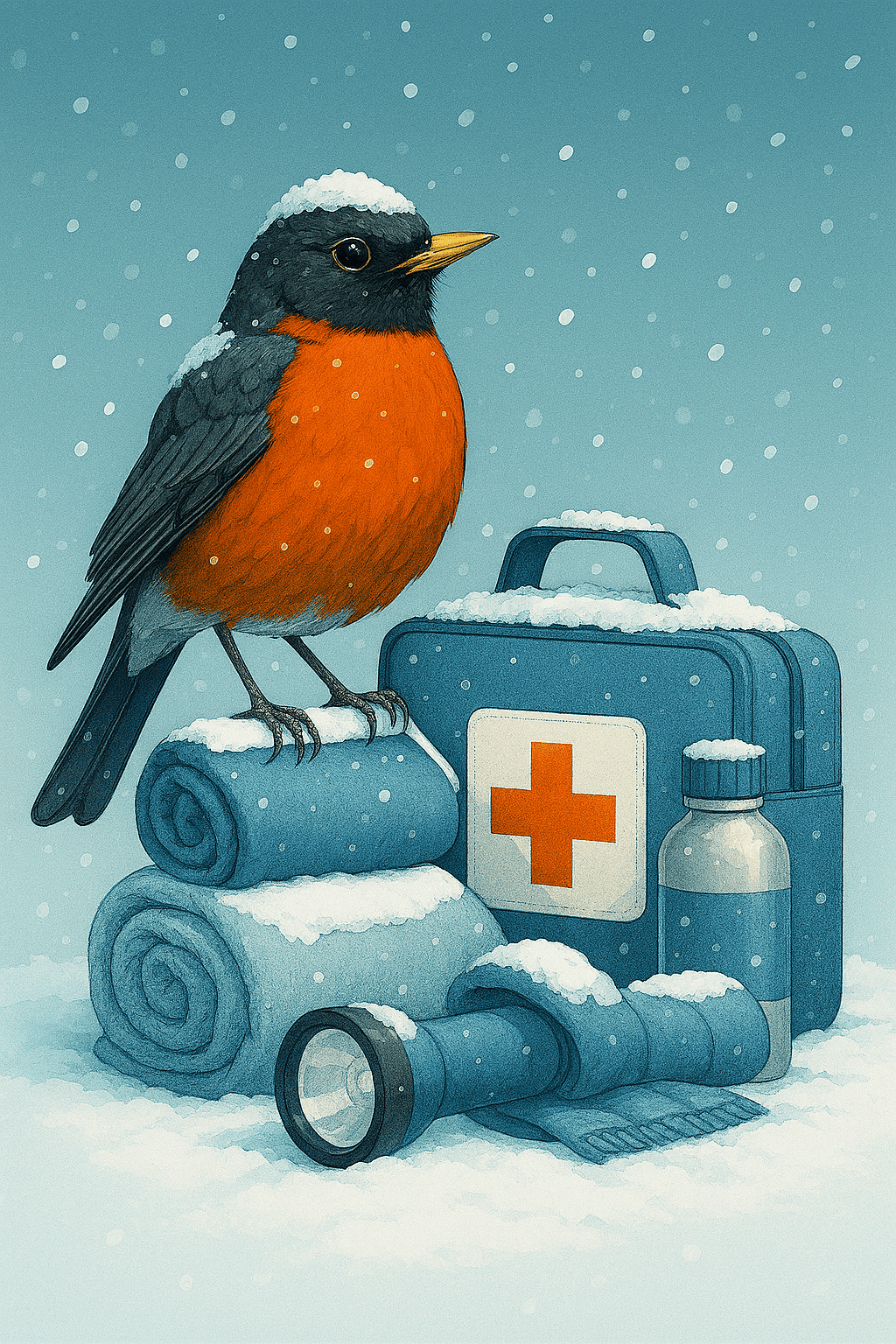
Dog anxiety is an issue that many pet owners face, yet it often goes unrecognized. Being able to identify the symptoms early can make a significant difference in your dog's well-being. Let’s explore some common ways to know if your dog has anxiety.
Excessive Barking, Panting, or Drooling
One of the most obvious signs of anxiety in dogs is excessive barking, panting, or drooling. These behaviors often occur when a dog is left alone or exposed to stressful environments. Constant barking can be a way for your dog to express their discomfort or fear. Similarly, panting and drooling, especially when not related to physical exertion or heat, can indicate anxiety. If you notice these behaviors, observe the circumstances under which they occur. Simple changes, such as providing a comforting toy or creating a safe space, can help alleviate some of this anxiety.
Destructive Behavior in the Home
Destructive behavior is another common way to know if your dog has anxiety. This can include chewing furniture, digging, or tearing up household items. Such behaviors are often a dog's way of coping with stress or fear. For instance, separation anxiety can lead to destructive actions when the owner leaves the house. Addressing the root cause of the anxiety rather than just the behavior itself is key. Crate training, gradually increasing the time the dog spends alone, and using anxiety-reducing products such as calming sprays can be effective.
Changes in Eating or Bathroom Habits
Dogs experiencing anxiety may also exhibit changes in their eating or bathroom habits. A noticeable decrease in appetite or refusal to eat can be a sign that your dog is stressed. On the other hand, some dogs might overeat as a comfort mechanism. Similarly, anxiety can lead to irregular bathroom habits, including accidents in the house or frequent urination. Monitoring these changes can provide valuable insights into your dog’s emotional state. Introducing a consistent routine and ensuring a quiet, safe environment during feeding times can help manage these symptoms.
Aggression or Fear of Specific Situations
Aggressive behavior or an unusual fear of specific situations can also indicate anxiety in dogs. This might manifest as growling, snapping, or even biting when your dog feels threatened or overwhelmed. Fear of particular situations, such as thunderstorms, car rides, or visits to the vet, can also be telling signs. Understanding what triggers these reactions is the first step in addressing them. Desensitization and counter-conditioning techniques can help reduce fear and aggression over time. Using positive reinforcement to reward calm behavior is another effective strategy.
Understanding and addressing dog anxiety is essential for the well-being of your furry friend. If you observe any of the symptoms mentioned above, take proactive steps to help soothe your dog’s anxiety. Sometimes, professional help is necessary to ensure your dog lives a happy and stress-free life. Do not hesitate to consult with a veterinarian or a certified dog trainer to discuss the best approach for your pet.
Bio: Casey is a passionate copyeditor highly motivated to provide compelling SEO content in the digital marketing space. Her expertise includes a vast range of industries from highly technical, consumer, and lifestyle-based, with an emphasis on attention to detail and readability.




















